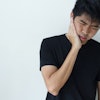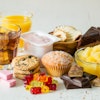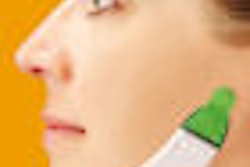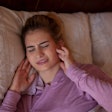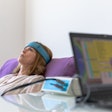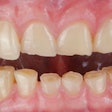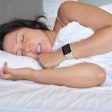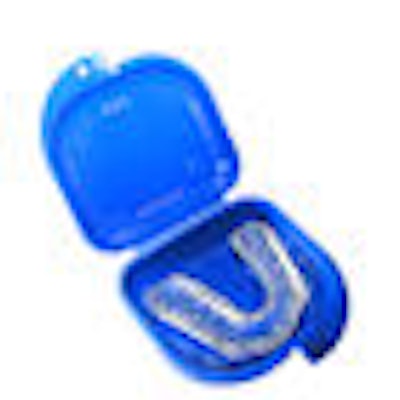
You know there's a financial crisis when the Wall Street Journal prominently prints a feature on temporomandibular disorder (TMD), as it did this week. There are no surveys to prove it, but with stock markets plunging and jobs disappearing worldwide, it's easy to believe dentists will see more patients with sore jaws.
And many of these patients -- eager to save money -- may come in with questions about products being marketed directly to them, such over-the-counter occlusal splints and electronic devices that measure temporalis activity. Patients who cut back on visits to the dentist could be using such devices to treat themselves.
So it's worthwhile for dentists to know something about these products. The bottom line, leading experts say, is that some of these products may be useful in limited circumstances. But the experts add that nothing new in drug stores or dental supply catalogues has changed the standard of care.
What is that standard? The cornerstone for most general dentists is "well-made splints," said Joseph Cohen, D.D.S., a University of California, Los Angeles (UCLA) assistant professor and president of the American Board of Orofacial Pain, specifically a hard acrylic occlusal splint. In fact, some 1.2 million such splints are made every year in the U.S., at a cost of hundreds of millions of dollars, according to researched cited in a 2007 systematic review (Cochrane Database of Systematic Reviews, 2007, Issue 4).
Soft guards
The low-cost product patients are most likely to ask about is a soft occlusal night guard. One brand now being advertised on the Internet, and available in drug stores, is the Doctor's NightGuard by Prestige Brands. Patients heat the appliances in hot water and then mold them to fit their bites.
Ranging in price from $18 to $25, the Doctor's NightGuard offers a huge savings over what you might charge for a customized hard splint. But does it work?
"No one has looked at over-the-counter use of soft appliances," said bruxism researcher Jeff Okeson, D.M.D., director of the Orofacial Pain Center at the University of Kentucky. And research comparing prescription soft appliances to hard ones favors the hard ones. "The soft ones actually increase muscle activity," said Dr. Okeson, who published a small clinical trial comparing them (Journal of the American Dental Association, 1987, Vol. 114:6, pp. 788-791).
Dr. Cohen agrees that soft guards "encourage too much chewing." If the TMD pain is in the muscle, then these night guards might be used for a week or two until a hard one can be made. If the pain is in the joint, then even that much use of the soft guard could worsen the condition, he said. Used over the long term, Dr. Cohen said, soft guards can also move teeth.
When asked about research supporting the product, Prestige Brands spokesman Dan Siegel said the company had done clinical studies but that he couldn't release them. "They are proprietary -- done for the company," he said, noting that the NightGuard has FDA approval.
Nociceptive perceptions
Dr. Cohen gave a stronger endorsement to a different type of occlusal device: the Nociceptive Trigeminal Inhibition Tension Suppression System (NTI-tss), which prevents contact only of the central incisors. But this, too, is "inappropriate for joint issues," he said, adding that users run a risk of their posterior teeth supererupting with long-term use. He also recommended that patients using the NTI-tss should run a thread through the device and create a necklace to prevent swallowing it.
The problems with these alternatives may explain why mainstream dentistry is so comfortable relying on the custom-made hard occlusal splint. But the hard splints leave much to be desired as well. The Cochrane reviewers found only weak evidence that the splints reduce actually reduce pain or protect teeth; researchers, it seems, have never verified what seems obvious.
Even if the splints do work, patients often complain that they are uncomfortable and malodorous. And nearly everyone agrees that they don't treat the underlying problem ... which raises the question: Can anything stop a bruxer?
In part II of this two-part series, we'll take a look at new devices for measuring bruxism at home and even treating it with biofeedback.


